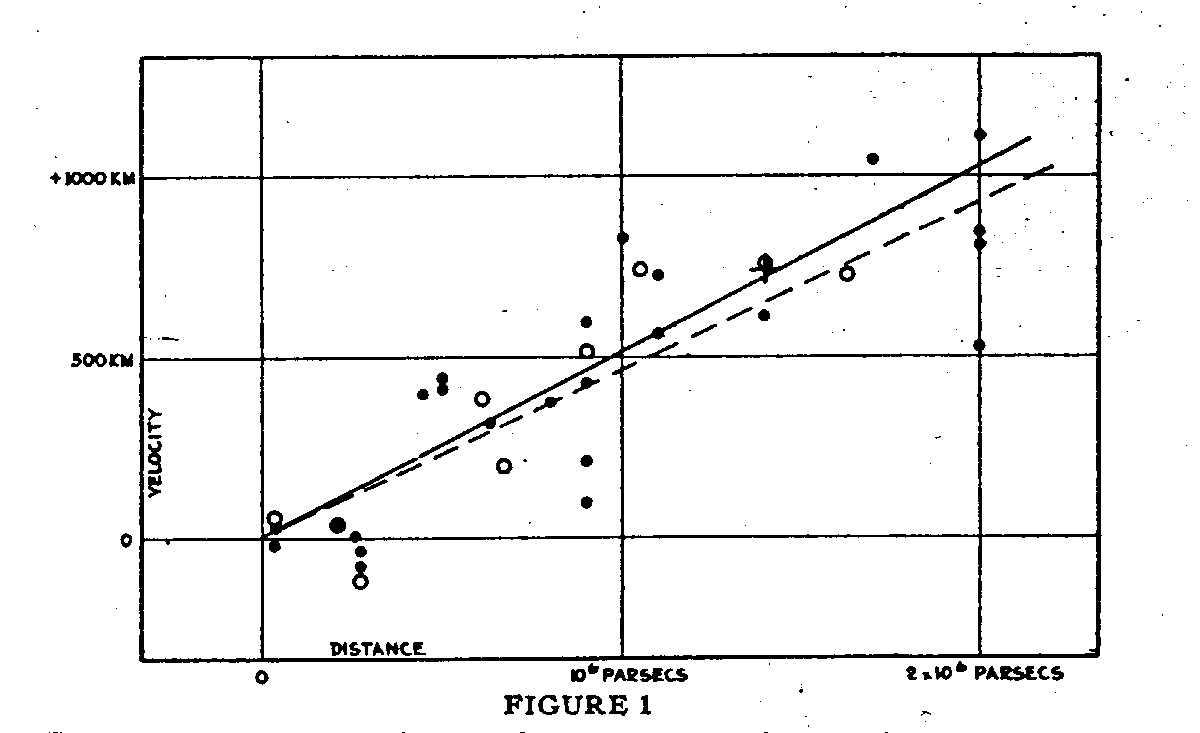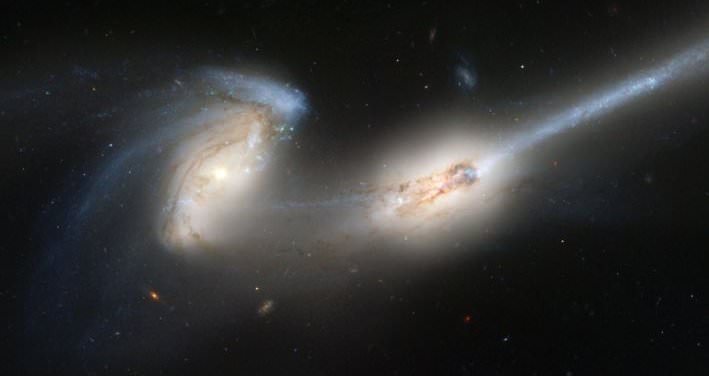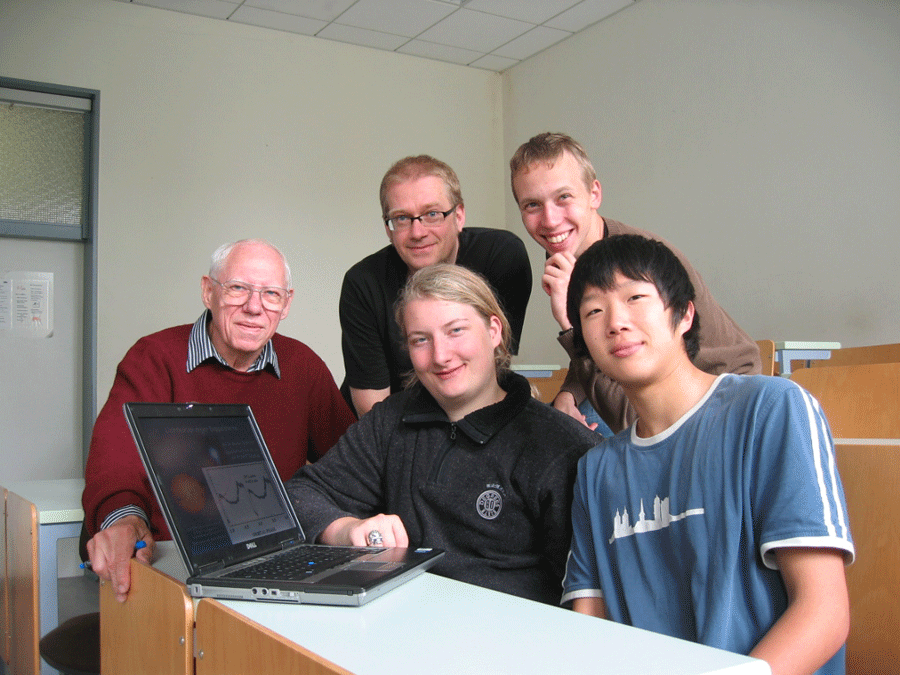It’s no secret that astronomers claim that most of our universe is made of dark matter that cannot be readily detected. From Fritz Zwicky’s observations of the Coma clusters in the 1920’s which suggested that additional mass would be necessary to hold the cluster together, to the flat rotation curves of galaxies, to lensing in such places as the Bullet Cluster, all signs point to matter that neither emits nor absorbs any form of light we can detect. One possible solution was that this missing matter was ordinary, but cold matter floating around the universe. This form was called Massive astrophysical compact halo objects, or MACHOs, but studies to look for these came up relatively empty. The other option was that this dark matter was not so garden variety. It posed the idea of hypothetical particles which were very massive, but would only rarely interact. These particles were nicknamed WIMPs (for weakly interacting massive particles). But if these particles were so weakly interacting, detecting them would be a challenge.
An ambitious project, known as the Cryogenic Dark Matter Search, has been attempting to detect one of these particles since 2003. Today, they made a major announcement.
The experiment is located a half-mile underground in the Soudan mine in northern Minnesota. The detector is kept here to shield it from cosmic rays. The detectors are made from germanium and silicon which, if struck by a potential WIMP, will become ionized and resonate. The combination of these two features allow for the team to gain some insight as to what sort of particle it was that triggered the event. To further weed out false detections, the detectors are all cooled to just above absolute zero which prevents most of the “noise” caused by the random jittering of atoms thanks to their temperature.
Although the detector had not previously found signs for any dark matter they have provided understanding of the background levels to the degree that the team felt confident that they would be able to begin distinguishing true events. Despite this, false positives from neutron collisions have required the team to “throw out roughly 2/3 of the data that might contain WIMPs, because these data would contain too many background events.”
The most recent review of the data covered the 2007-2008 set. After carefully cleaning the data of as many false events and as much background noise as possible the team discovered that two detection events remained. The significance of these two detections was the result of today’s conference.
Although the presence of these two detections from 8/5 and 10/27 2007, could not be ruled out as genuine dark matter detections, the presence of only two detections was not statistically significant enough to be able to truly stand out from the background noise. As the summary of results from the team described it, “Typically there must be less than one chance in a thousand of the signal being due to background. In this case, a signal of about 5 events would have met those criteria.” As such, there is only a 1:4 probability that this was a true case of a detection of WIMPs.
Astronomer turned writer, Phil Plait put it slightly more succinctly in a tweet; “The CDMS dark matter talk indicates two signals, but they are not statistically strong enough to say “here be dark matter”. Damn.”
For more information:

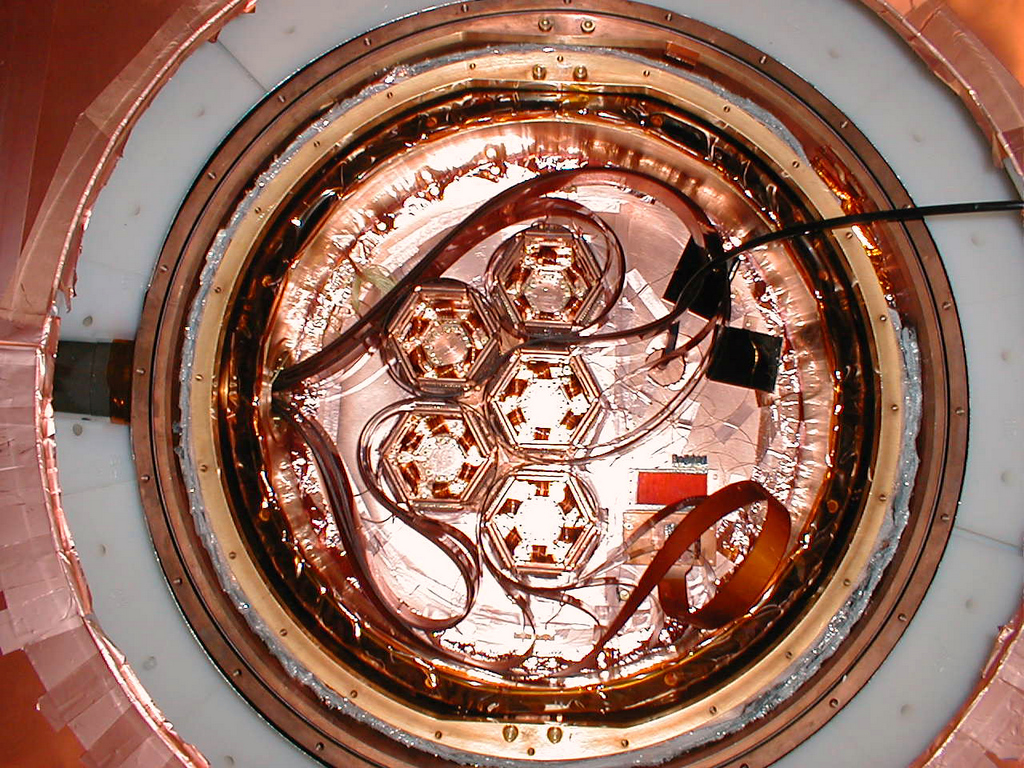
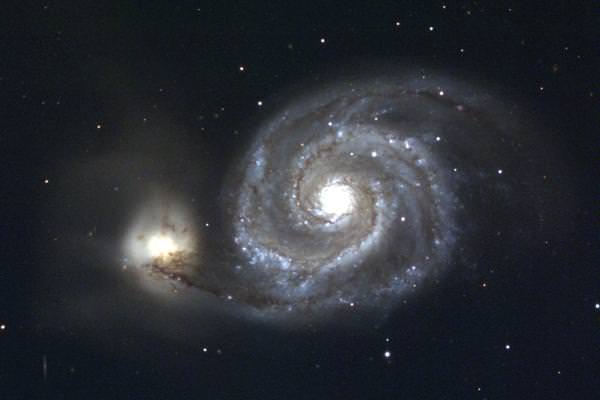
 To model the interaction, they began with a model of a simple galaxy with a mass distribution (broken into a disc, bulge, and halo) similar to that for M51. Their initial galaxy was initially free of spiral structure, but “gravitational instabilities in the stars [Note: as opposed to the galactic gas. Not in individual stars.] produce a multi-armed” and patchy spiral structure (known as a flocculent spiral). This flocculent nature was first predicted in a
To model the interaction, they began with a model of a simple galaxy with a mass distribution (broken into a disc, bulge, and halo) similar to that for M51. Their initial galaxy was initially free of spiral structure, but “gravitational instabilities in the stars [Note: as opposed to the galactic gas. Not in individual stars.] produce a multi-armed” and patchy spiral structure (known as a flocculent spiral). This flocculent nature was first predicted in a 

